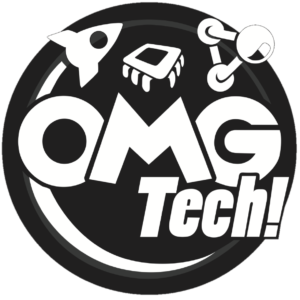FUTURE OF LEARNING
SHOWCASE OF FUTURES-LED THINKING IN EDUCATION
Learner Agency
ORMISTON PRIMARY
Classes at Ormiston Primary are joined together in a structure that is becoming more and more common as we move into the future of education. Instead of separate classes with one kaiako and 30 or so ākonga, Ormiston uses larger groups called habitats. Each habitat contains 75-100 learners who work together in a shared space with supervision from 3-4 kaiako or learning coaches. This team-teaching structure also relates to the theme of Learning Architecture. Much of the learning within habitats is self-directed, meaning that the kaiako are facilitating and supporting but rarely delivering one activity from the front of the room. Across the school, each day starts with a self-directed period called “I Explore.” Principal Heath McNeil describes how, because this setup is used from year 1 through to year 6, ākonga get used to learning independently from a young age. “They have that knowledge that their learning is their learning. You don’t have to wait for an adult to tell you what to do.” After I Explore, habitats split into group activities based on interest or ability. Some groups work independently, and the kaiako and learning coaches in the habitat team take groups that include ākonga from across the habitat’s classes.
This independence and focus on personal choice is also fostered at home. Homework at Ormiston Primary has always taken the form of a home learning grid. Grids contain a range of activity choices and ākonga set a goal of completing a certain number of activities over a fortnight, after which new grids are rolled out. McNeil explains that this practice was established as a way to ease pressure on parents. The grids foster agency through choice of activity and the activities included require little to no external help. For whānau, this is a refreshing contrast to homework activities that build on what happened in class that day and may not be clear to ākonga or to adults at home. This is especially important because adults at home are not always available to help their tamariki (children) puzzle the homework out. The majority of the grid activities are online and often contain their own instructions. Also, many of the grid choices are variations on the same type of activities, meaning that the ākonga become familiar with what is expected and quickly gain confidence using the grids. McNeil also highlights that ākonga can select activities based on how much time they have, because “everyone’s homelife is different,” and also based on difficulty level, in contrast to everyone getting a “pointless homework sheet pitched at the middle… with that some would struggle while some flew past it.” McNeil sees this “pointless homework sheet” as a thing of the past, and Ormiston’s grid approach is a great example for any school looking to leave restrictive and impersonal homework sheets behind. The grids reduce pressure on whānau but also on kaiako, since planning can be done quickly and grids can be shared across a year group. Most importantly though, they allow ākonga to access learning that is personalised and builds a desire to learn independently.
Ākonga of all ages at Ormiston Primary use Learning Grids to select self-contained homework activities that can be completed without adult assistance.
Ormiston Primary also uses a Learning Management System called Hero which can be accessed by ākonga, whānau and kaiako. This platform allows ākonga to set goals in collaboration with their whānau and kaiako, to upload their work to a digital portfolio which stays with them throughout their time at Ormiston, and to reflect on their progress and share their whakaaro (thinking) with the adults in the lives. This promotes agency because ākonga are reporting on themselves rather than waiting for their kaiako to tell their whānau how they are tracking.
Since 2020, Ormiston Primary has responded to reduced attendance by providing self-directed home learning packs. These are distributed at the start of the year, so that if ākonga are sick, isolating, or at home for any other reason, they already have something to do. Each pack contains two weeks’ worth of work, and follow-up packs can be ordered via a Google form.





